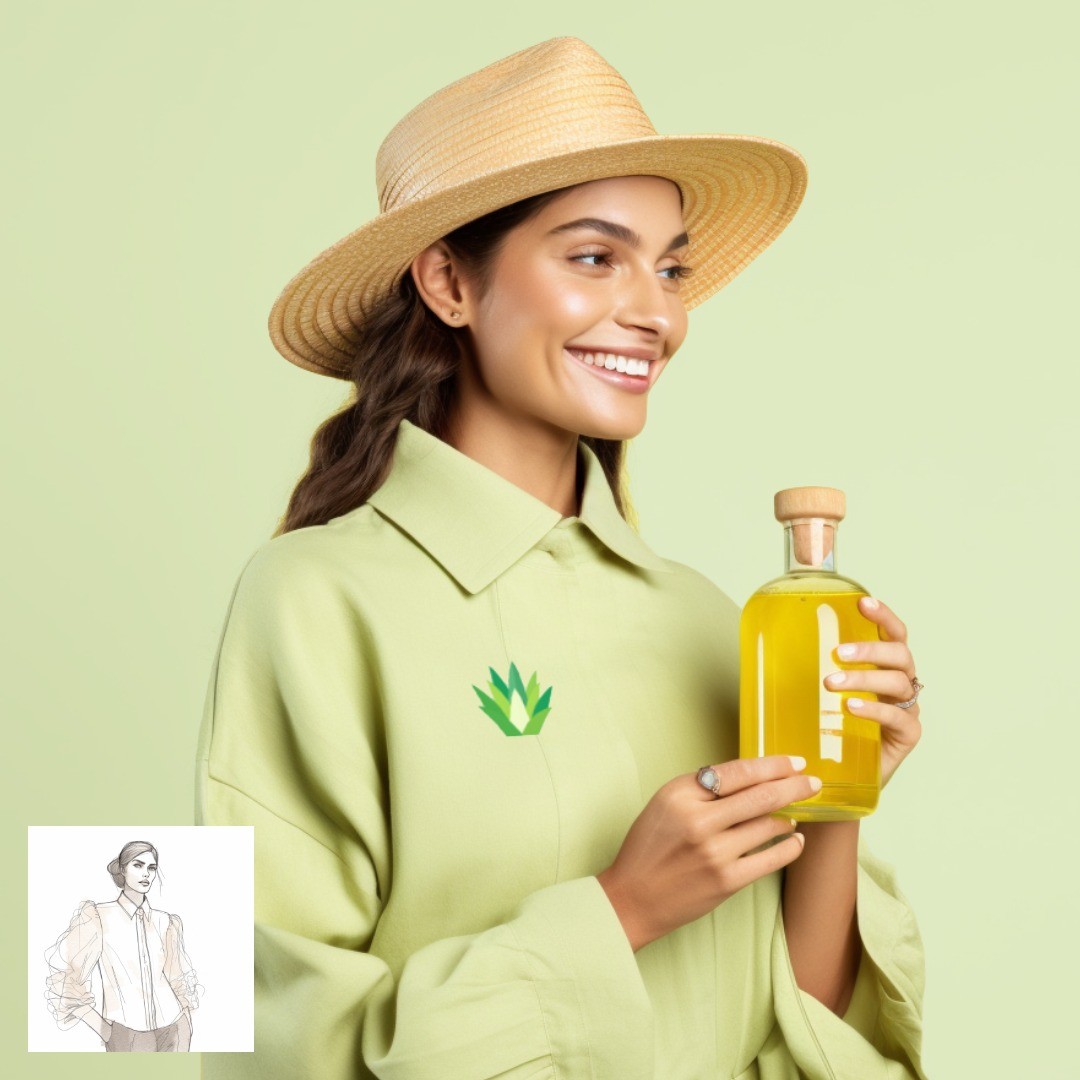Tequila Clothes
Follow us on Instagram! Kiote
Tequila high fashion
One day, while driving back from a charming pueblo in Hidalgo, I came across a tequila factory. As was usual for that time of year, they were throwing away the remnants of the agave plants after the production. Being naturally curious, I found myself wondering, why waste so much? Isn’t there a way to do something about it? Someone’s trash is another man’s treasure, right? Perhaps I stumbled upon mine.
The Process
The tequila-making process can be summarized as follows: an agave plant is cultivated and allowed to grow for at least five years, after which it’s harvested, baked, mashed into a liquid, and then distilled to produce the intoxicating beverage.
Delving deeper into the process, it’s not the entire plant that’s utilized, but rather its core. This core resembles a pineapple and contains the essential sugars responsible for that tantalizing tequila taste. It is this component that’s placed in a furnace, mashed, and then processed to extract its flavorful juice.
Now let’s see this process from the perspective of residues. When cutting the core, half the weight of the plant is thrown away in the form of leaves. Then, after having cooked and smashed the core, this itself is thrown away to rot or inicinarate.
The entire process of spawning tequila into existence implies the creation of ~70% the weight of the plant being trash.
Now, this is badly enough and inefficient for me but it goes further. The trash is then either incinerated, which pollutes a lot, or thrown into a hole to rot, which pollutes a lot too (while decomposing).
This is when my quest for a full circle tequila started.
The Idea

Turn tequila industry trash into incredible, sustainable, organic fibers and make a high fashion clothing line.
Financially speaking, tequila textiles themselves wouldn’t produce enough money to scale up the production. Since the raw materials (agave residuals) are finite, it would be extremely hard to produce huge amounts of fabric. Plus, the incentive to sell the fabric is not correctly placed; big fashion companies will try to get stable production for the lowest price possible.
Everything previously mentioned, however, rather than being a problem is an opportunity. Agave made fabrics are intrinsically unique and scarce, the production of limited amounts of fabric presents a special marketing opportunity. With a growing sustainable fabrics market, the introduction of self-made, high fashion, tequila clothing reveals itself.
The Execution

The process of turning agave residues into textile fibers is not a trivial one. As a trained physicist and computer science nerd, some of these steps (chemical treatments) laid outside my particular circle of knowledge so I sought people who could do it.
With the code name Kiote (after the Agave plant’s blossoming flower), the project is now on its way. We have a team developing chemical treatments to turn the fibers into useful textiles and another team developing the machinery to scale fiber extraction.
I have also sought partnerships with people in the industry. As of today, I have established a relationship with one of Monterrey’s drink manufacturers, who uses Agave to make a special, extremely interesting, groundbreaking drink with cancer-fighting properties. He provides the necessary residues to make our tests. Also, I have talked with people in the Tequila industry, inquiring about their process and possible willingness to take their trash out for them.
The prospect of a full circle production of tequila, where the remnants are themselves used is as tantalizing as the drink itself.